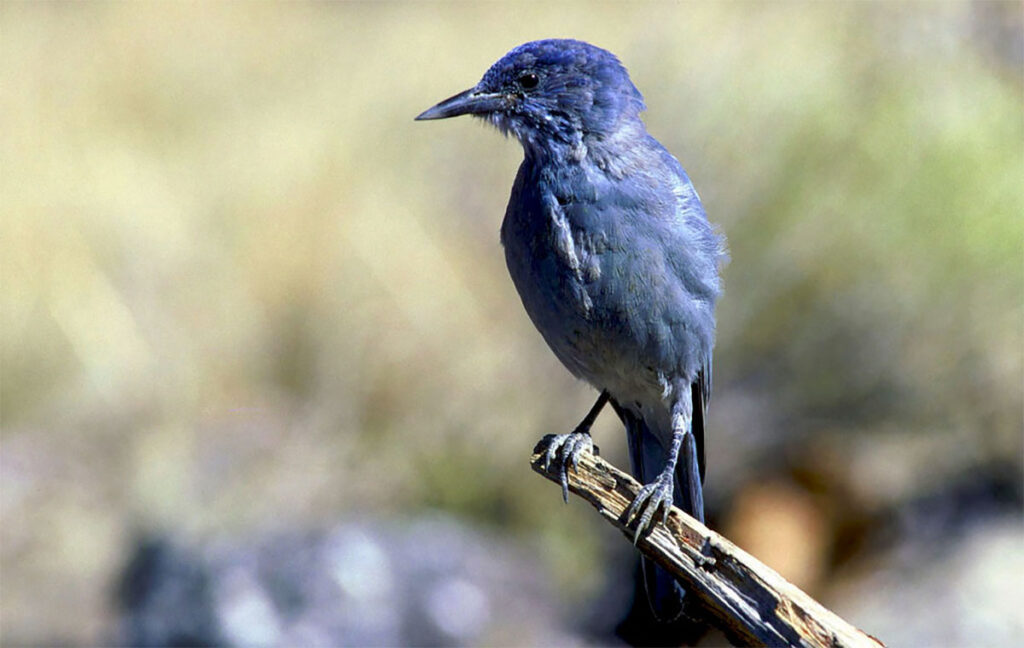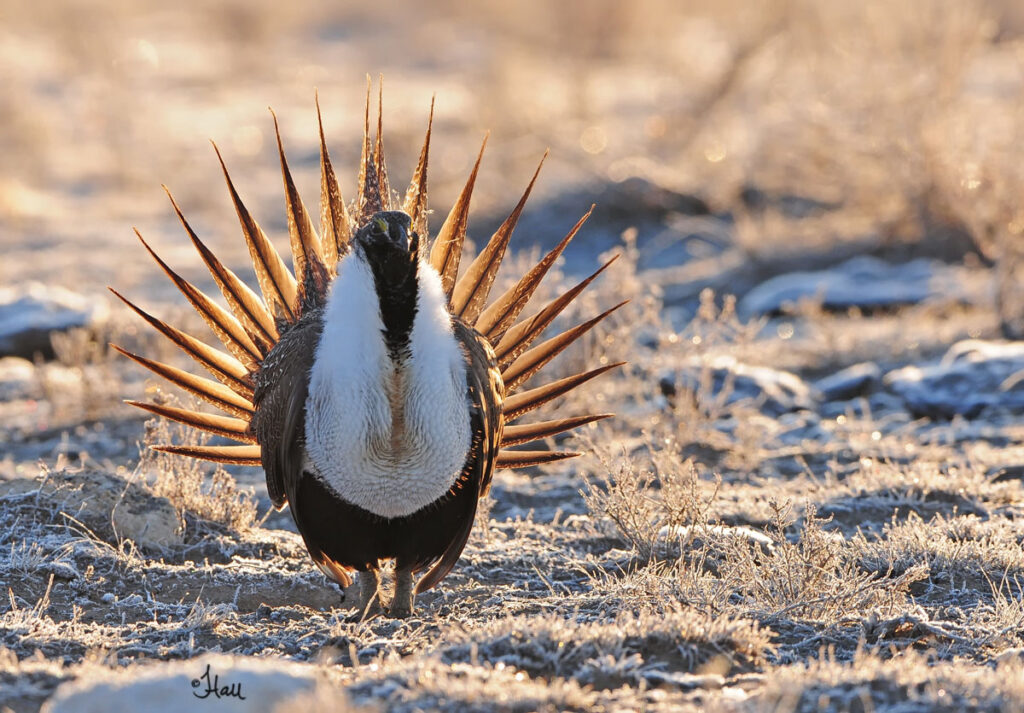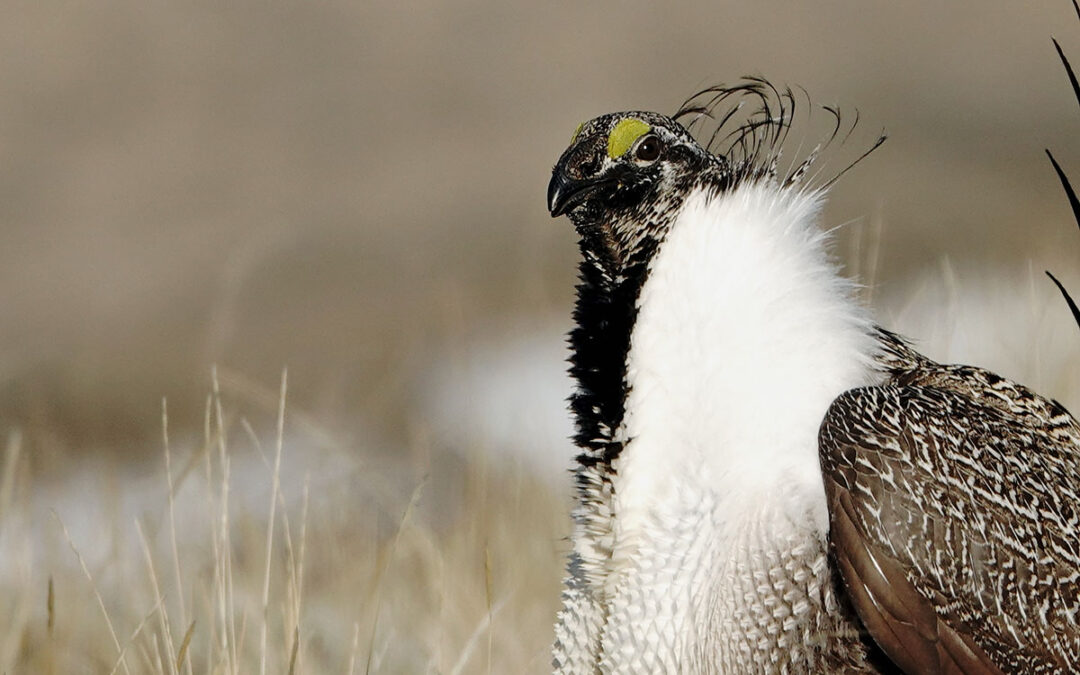Photo: Richard Prodgers
Using the fear of wildfires, the Forest Service and the Bureau of Land Management (BLM) are spending billions of taxpayer dollars to intentionally burn millions of acres of National Forests and BLM lands. Their plans are to continue to do so for the next 20-30 years and we can only fight them with your help.
The smoke from burning mostly green and often wet trees and brush heavily and frequently fills Western valleys, impacting sizable populations in nearby cities and towns and is particularly dangerous for those with existing respiratory illnesses.
Using dubious loopholes such as “categorical exclusions,” which allows agencies to skip environmental analysis such as the human impacts from breathing smoke for hours or days, they completely ignore the grim reality that baby birds die from the smoke.
Yet the government provides no estimates whatsoever of many birds will die, including goshawks, the largest and most scarce of forest raptors.
Birds are even more sensitive to air pollution than are humans. Smoke from fires started by the Forest Service can directly kill birds or reduce their fitness due to smoke toxicity. According to Dr. Olivia Sanderfoot, birds’ respiratory systems are incredibly efficient at producing the oxygen required to fly. But they are also more vulnerable to the effects of smoke due to their higher metabolism and oxygen extraction combined with a lack of mechanisms to clear particles from their airways. Carbon monoxide poisoning is a common cause of death in birds exposed to smoke, and other compounds in smoke can cause respiratory issues like pneumonia.
Slashing and burning forests, aspen stands, pinyon-juniper woodlands and sagebrush with fires occurs year-round in the southwest and every season except the winter in the north. But despite burning millions of acres, these agencies refuse to consider how burning up so much wildlife habitat will affect the wildlife they’re supposed to be maintaining and recovering.
A prime example is burning sagebrush, which both kills sage grouse and destroys their habitat. There were 16 million Greater Sage Grouse before Europeans arrived and began the destruction of the “sagebrush sea” of the Great Plains. The iconic birds were down to 400,000 in 2015 when Obama’s Secretary of Interior, Sally Jewell, rejected listing them for protection under the Endangered Species Act. Today there are only 200,000 left — an astounding loss of half the remaining birds in a decade.

Photo: USFWS
Even though pinyon jays have lost 85% of their population in the last 50 years, the Forest Service and the BLM want to log, masticate and burn millions of acres of their pinyon-juniper woodland habitat. This despite the fact that the U.S. Fish and Wildlife Service recently issued a decision that the pinyon jays may be warranted to be listed as threatened under the Endangered Species Act — mainly because of loss of habitat.
The problem with intentionally burning an area to prevent a wildfire is the odds of a wildfire burning in these areas is less than 1%. Forests in the western U.S. have evolved with high intensity wildfires for thousands of years and wildfire scientists say the government should focus on helping people protect their homes from wildfire by using non-flammable building materials, clearing nearby vegetation and trimming low branches from trees up to 100 feet out from a home.

Photo: USFWS
Not only are birds rapidly vanishing from North America, but humans also need clean air. Simply put, government agencies burning millions of acres of public lands throughout the year is continually poisoning the air in much of the West.
Please join us in opposing plans to burn our public lands, polluting our clean air, and killing millions of the already-declining birds that live there.
Mike Garrity is the Executive Director of the Alliance for the Wild Rockies.
